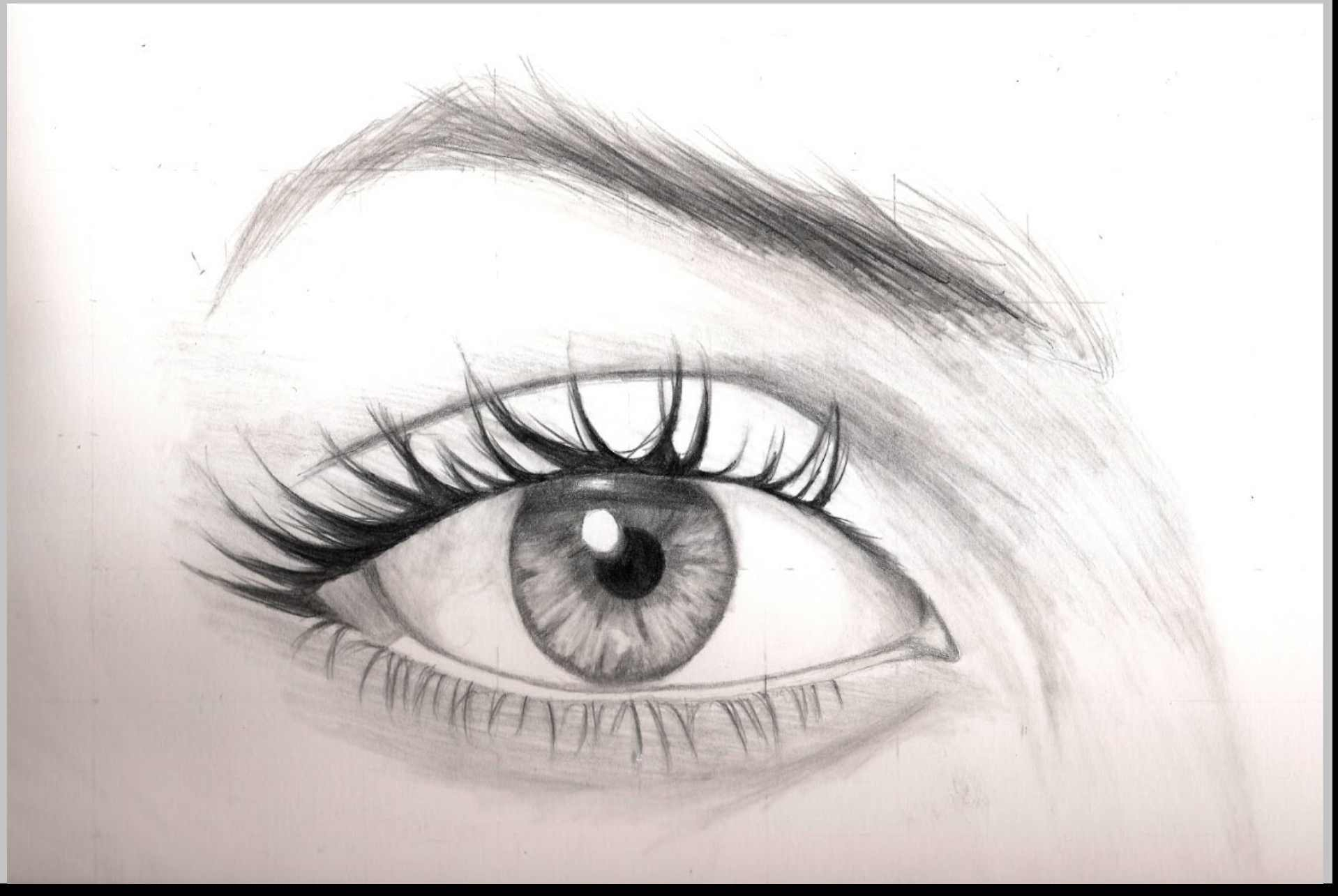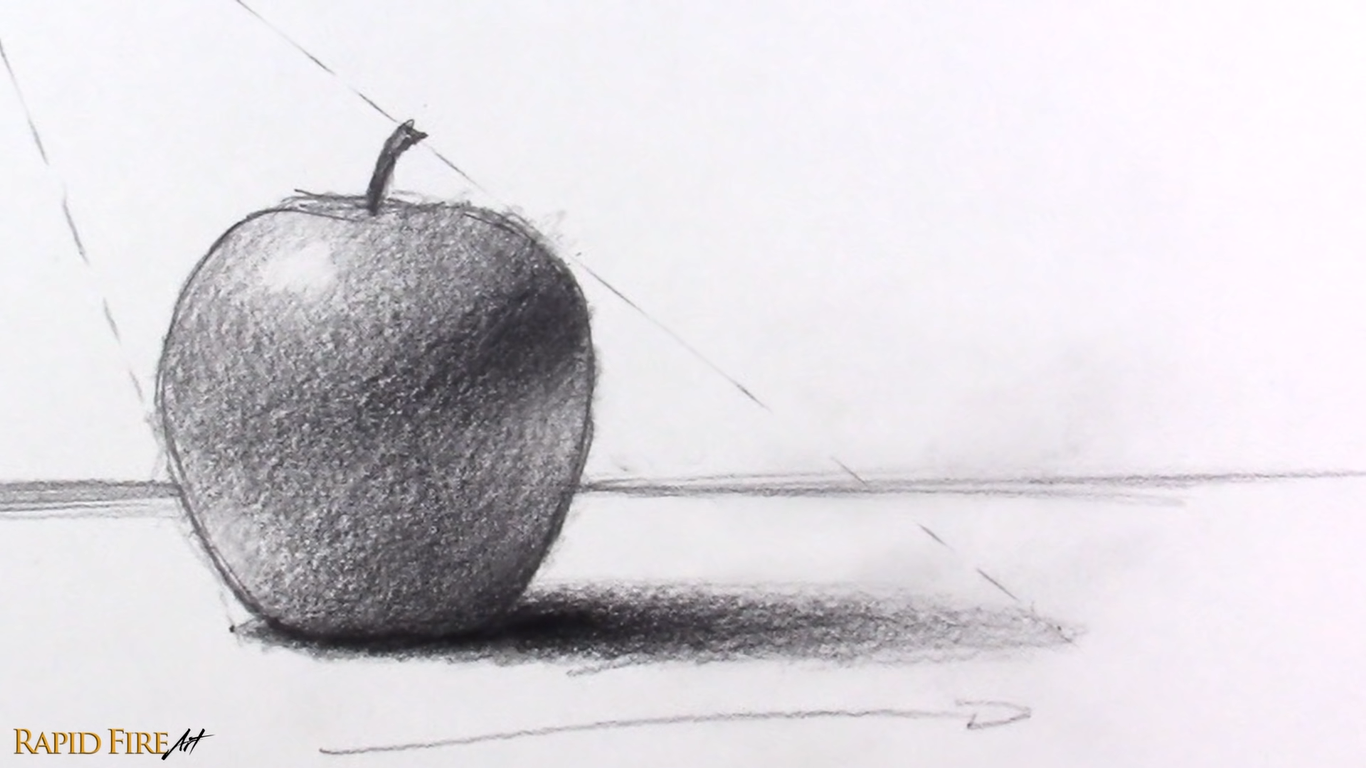Shading getdrawings px
Table of Contents
Table of Contents
Have you ever looked at a beautiful piece of art with shading and wondered how the artist did it? You’re not alone! Learning how to draw shading is an essential skill for any artist, but it can feel overwhelming at first. Don’t worry - with a little practice and patience, anyone can master shading! In this article, we’ll walk you through the basics of how to draw shading and give you tips and tricks to take your artwork to the next level.
The Struggle is Real
For many artists, shading can be one of the most challenging aspects of drawing. It can be difficult to achieve a realistic look without making your drawings look muddy or overworked. Additionally, understanding how light and shadow work can be challenging, especially for beginners. However, with a little perseverance, you’ll soon be able to create breathtaking artwork with beautiful, lifelike shading.
Getting Started with Shading
The first step to achieving great shading is to start with the right tools. You’ll want to use a variety of pencils in different tones, from light to dark, to create depth and dimension in your drawings. Additionally, having a good understanding of how light and shadow work is essential. Start by looking at objects around you and paying attention to where the light hits and where the shadows fall. This will give you a better understanding of how to shade your drawings.
How to Approach Basic Forms
When first learning how to draw shading, it’s essential to start with basic forms. This will help you understand how to create the illusion of three-dimensional space on a two-dimensional surface. Start by drawing simple shapes, like spheres or cubes, and practice shading them. Pay attention to where the light is coming from and how the shadows fall across the surface of the object.
Shading Techniques
There are a variety of shading techniques you can use to achieve different effects in your drawings. Crosshatching, stippling, and blending are just a few examples. Crosshatching involves drawing intersecting lines of varying thickness to create a subtle shading effect. Stippling involves using dots of varying sizes to create texture and depth. Finally, blending involves using a tool like a blending stump to smooth out your shading and create a softer effect.
Practice Makes Perfect
Perhaps the most important thing to keep in mind when learning how to draw shading is that practice makes perfect. Shading can be a frustrating skill to learn, but the more you practice, the better you’ll get. Don’t be discouraged if your first attempts don’t turn out the way you wanted them to - keep at it, and you’ll get there!
Question and Answer
Q: How can I make my shading look more realistic?
A: To make your shading look more realistic, pay attention to the direction of the light source and how it affects the object you’re drawing. Use a variety of tones and shading techniques to create depth and dimension in your drawings.
Q: What is the best way to practice shading?
A: The best way to practice shading is to draw from life. Look at objects around you and practice shading them. Pay attention to where the light is hitting the object and where the shadows fall.
Q: How can I avoid making my drawings look muddy or overworked?
A: Use a light touch when shading and gradually build up the layers of shading. Start with light tones and gradually add darker tones as needed. Remember, less is often more when it comes to shading!
Q: What kind of pencils should I use for shading?
A: You’ll want to use a variety of pencils in different tones, from light to dark. A set of graphite pencils ranging from 2H (hard) to 8B (soft) is a good place to start.
Conclusion of How to Draw Shading
Learning how to draw shading can be challenging, but with the right tools and techniques, anyone can master this essential skill. Start by practicing with basic forms and paying attention to where the light hits and where the shadows fall. Use a variety of pencils and shading techniques to create depth and dimension in your drawings. Above all, remember that practice makes perfect - keep at it, and soon you’ll be creating beautiful, lifelike artwork with shading that will take your breath away!
Gallery
Pin By Haya Alotaibi On Art | Pencil Shading Techniques, Pencil Art

Photo Credit by: bing.com / shading bleistift
How To Shade Basic Forms - Pencil Tutorial | How To Shade, Pencil

Photo Credit by: bing.com / shading
Easy Shading Easy Simple Pencil Drawing Pictures - Magic Pau

Photo Credit by: bing.com / shading getdrawings px
How To Draw With Realistic Shading: 9 Steps (with Pictures)

Photo Credit by: bing.com / shaded wikihow pencil graphite realistically
Learn How To Sketch & Draw: 60 Free Basic Drawing For Beginners

Photo Credit by: bing.com / rapidfireart graphite diys




